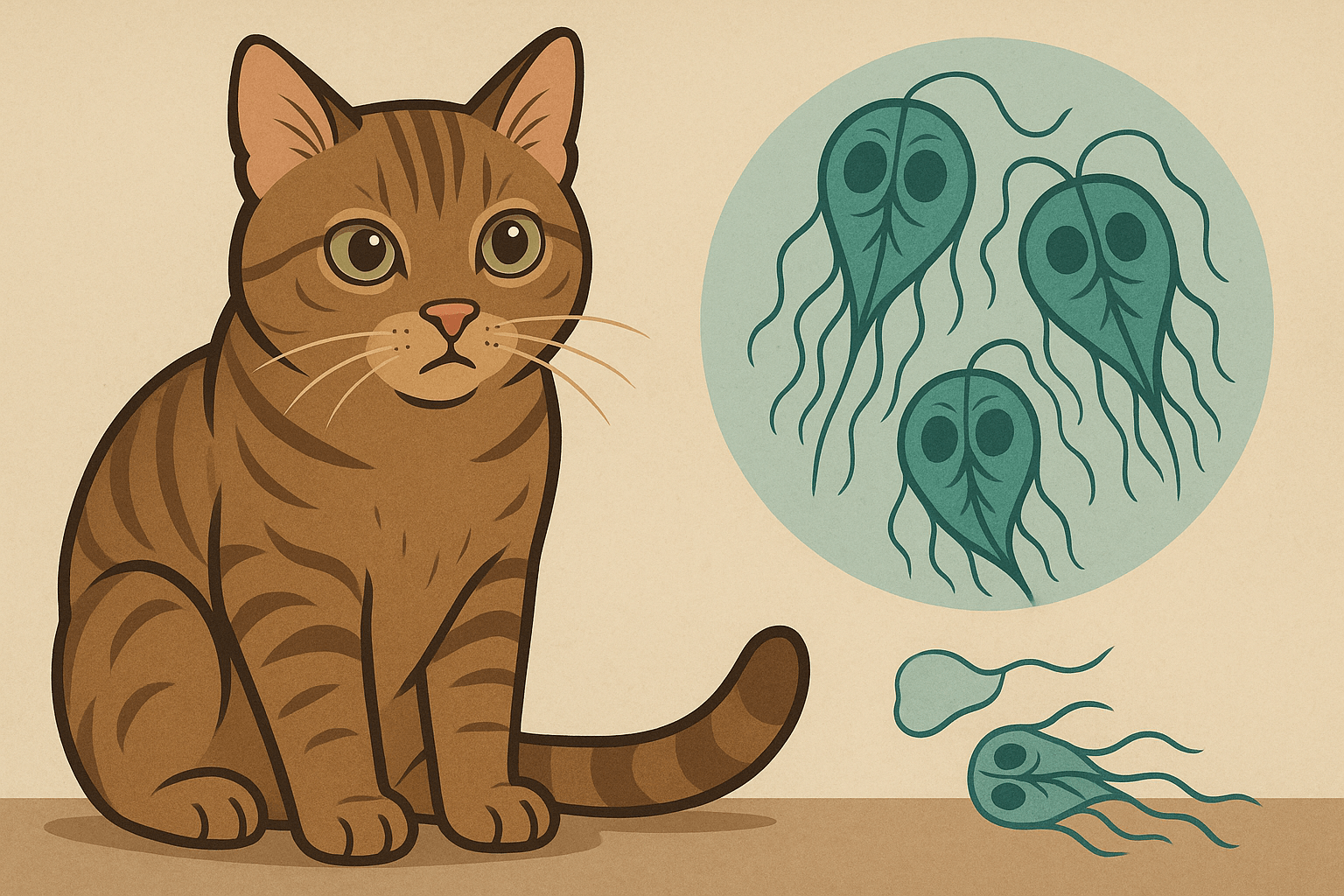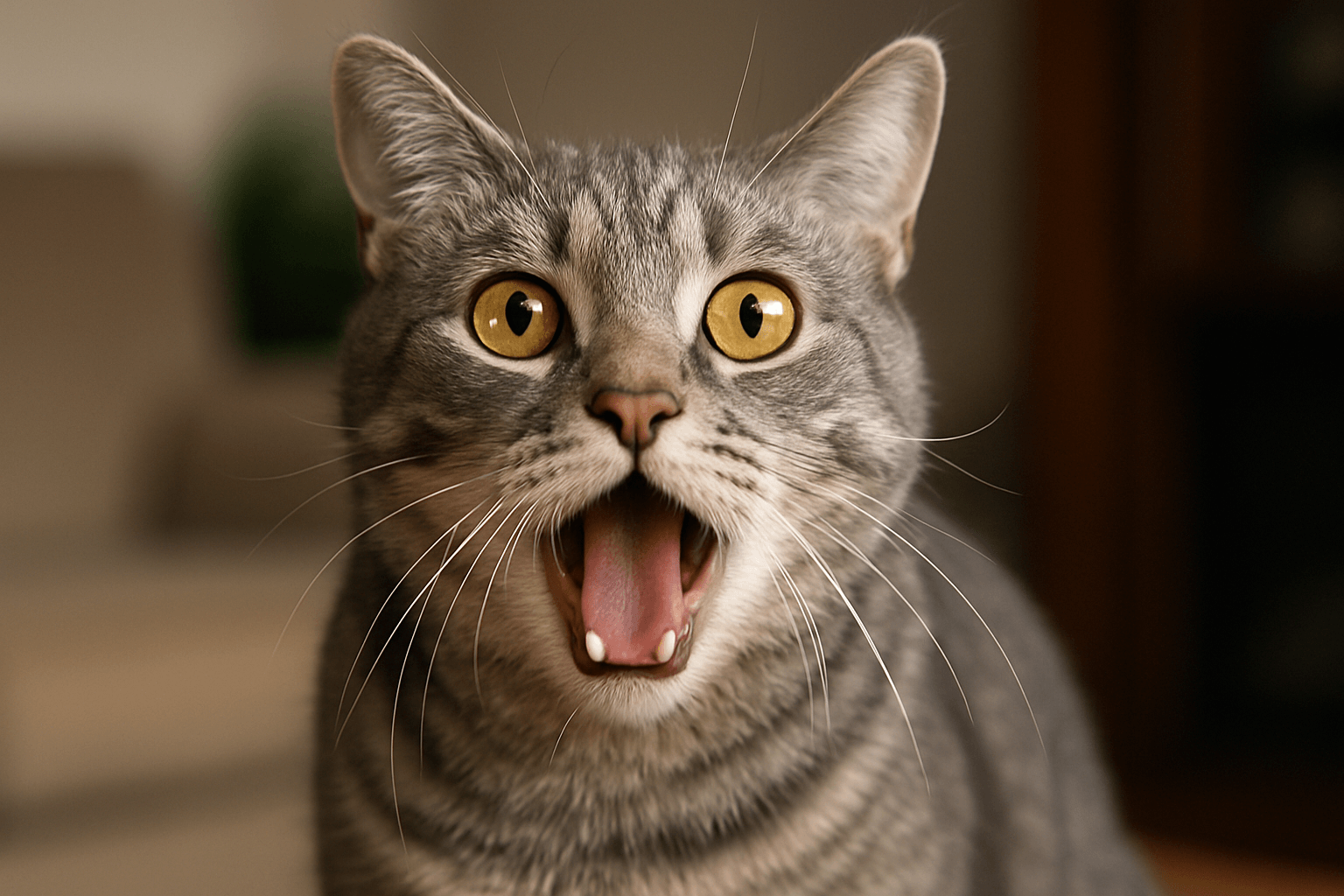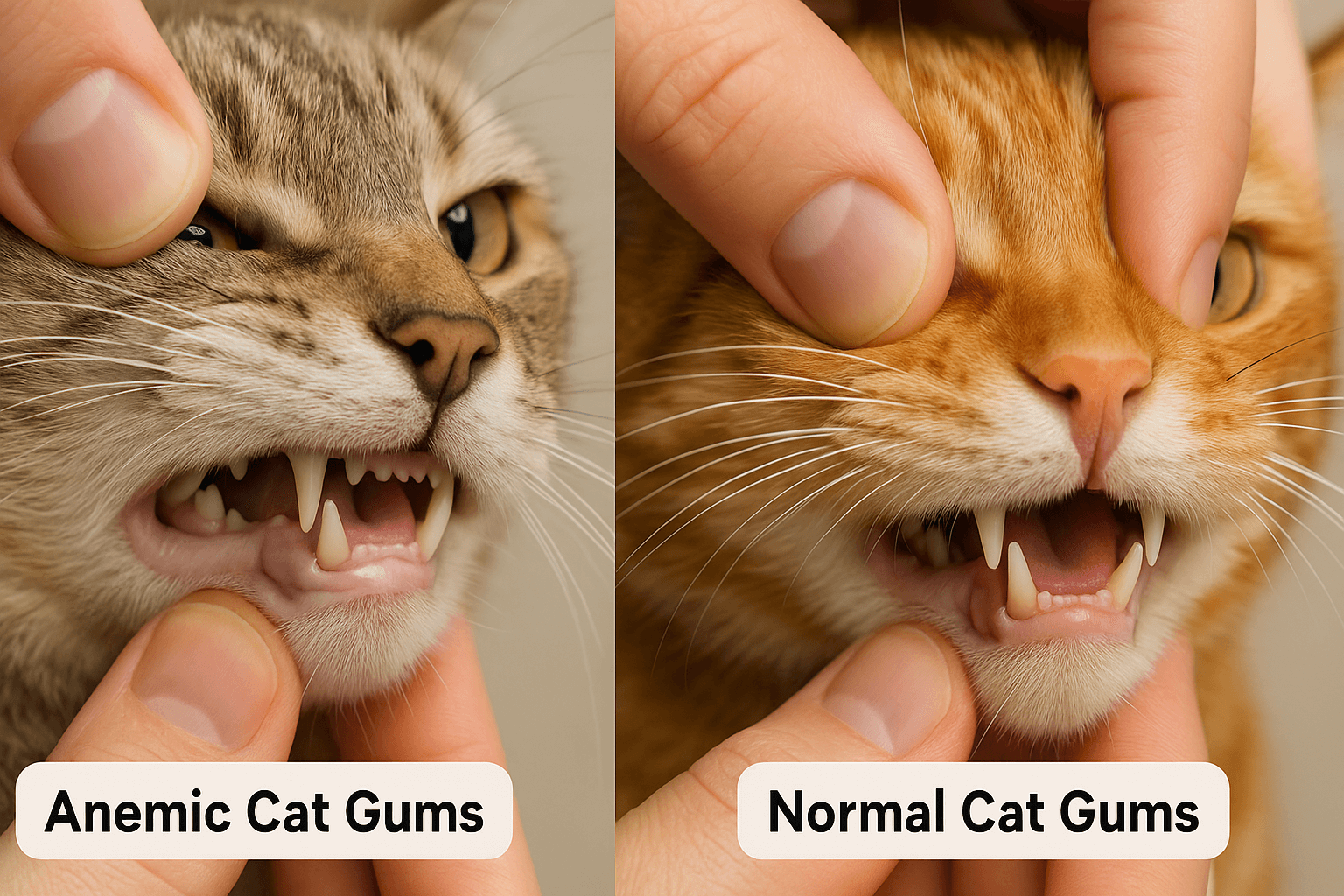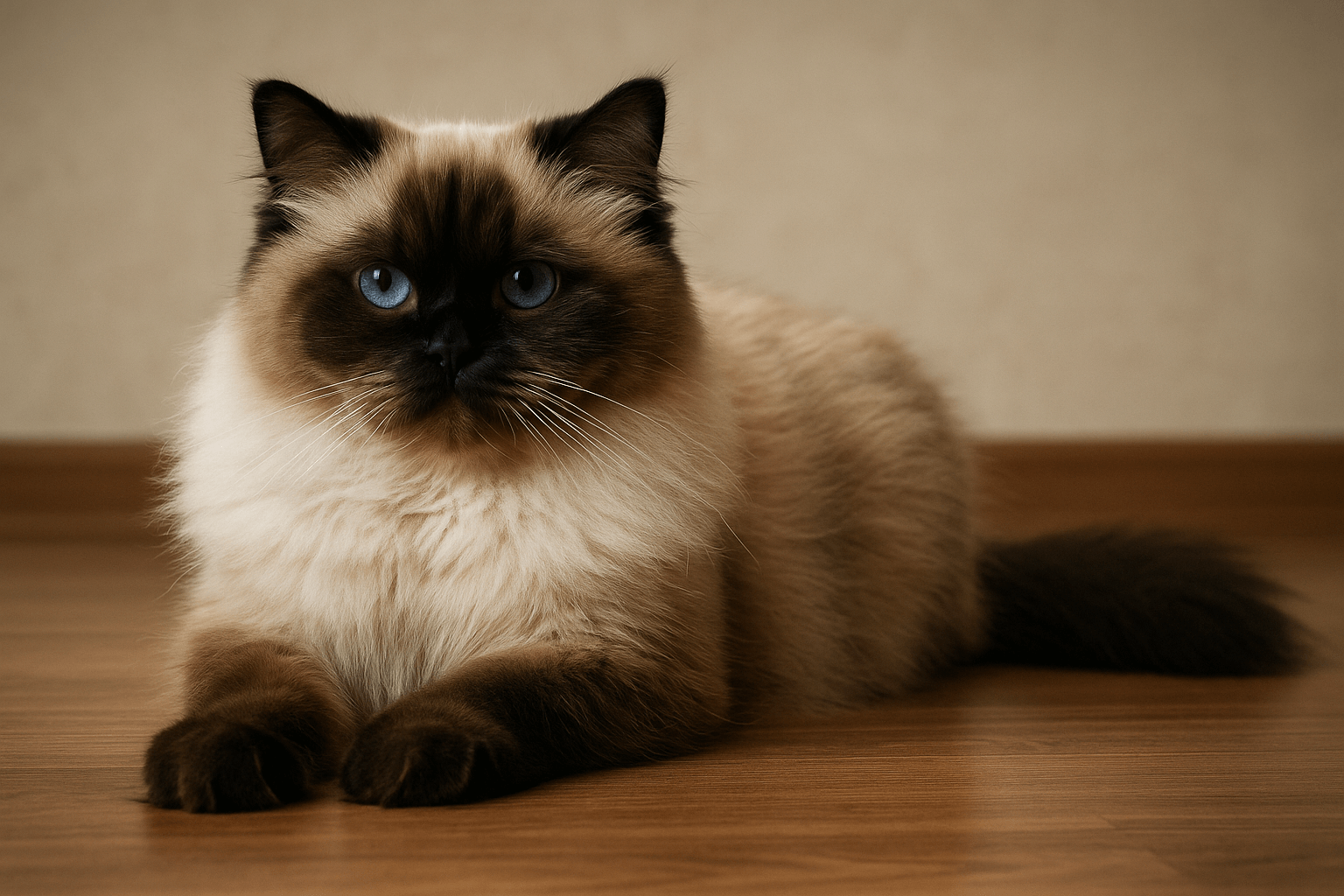Can Cats Eat Pizza?
Pizza is one of the most beloved foods worldwide, but when it comes to sharing a slice with your feline friend, caution is key. While cats may show interest in your meal, their dietary needs are vastly different from ours. Pizza often contains ingredients that can be harmful or even toxic to cats, making it unsuitable as a treat. Understanding what makes pizza unsafe for cats and how to handle their curiosity about human food is essential for their health and well-being. In this blog post, we’ll explore whether cats can eat pizza, the potential risks involved, and safer alternatives to satisfy their cravings.
Why Pizza Is Not Ideal for Cats
While pizza might seem like a harmless indulgence, its ingredients can pose significant risks to your cat’s health. Here’s why you should think twice before offering your feline companion a bite.
High Fat Content:
Pizza is loaded with cheese and oils, which can upset your cat’s stomach and lead to digestive issues like vomiting or diarrhea.Toxic Ingredients Like Garlic and Onion:
These common pizza toppings contain compounds that damage red blood cells, potentially causing anemia in cats.Salt Overload:
The high sodium levels in pizza can lead to salt poisoning, resulting in symptoms like excessive thirst, lethargy, or seizures.Dairy Sensitivity:
Despite popular belief, many adult cats are lactose intolerant. Cheese and other dairy products can cause gastrointestinal distress.Processed Meats Are Harmful:
Pepperoni and sausage often contain preservatives and spices that are unsafe for cats, such as nitrates and chili powder.
These factors make pizza an unsuitable snack for cats, emphasizing the importance of keeping human food out of their reach.
Safe Ingredients in Pizza (If Any)
While pizza as a whole isn’t safe for cats, some ingredients might be acceptable in small amounts if carefully prepared. However, moderation and supervision are crucial.
Plain Dough (Unbaked):
Raw dough can expand in a cat’s stomach, causing bloating and discomfort. Always avoid giving them access to uncooked pizza dough.Plain Tomato Sauce (Without Spices):
A tiny amount of plain tomato sauce may be okay, but added garlic, onion, or herbs make it unsafe for cats.Cooked Chicken (No Seasoning):
Plain, cooked chicken without seasoning can be a healthy protein source for cats if given in moderation.Cheese (In Small Amounts):
If your cat tolerates lactose, a small piece of plain cheese might be fine occasionally, but it’s best to avoid it altogether.Herbs Like Basil (Optional):
While basil itself isn’t toxic, it offers no nutritional value to cats and should only be offered sparingly.
Even these “safe” ingredients require careful handling to ensure they don’t harm your cat.
Check this guide 👉Can Cats Eat Cashews? Best 7 Expert Tips!
Check this guide 👉Can Cats Eat Cilantro? Best 7 Expert Tips!
Check this guide 👉Can Cats Eat Oatmeal? Best 7 Expert Tips!
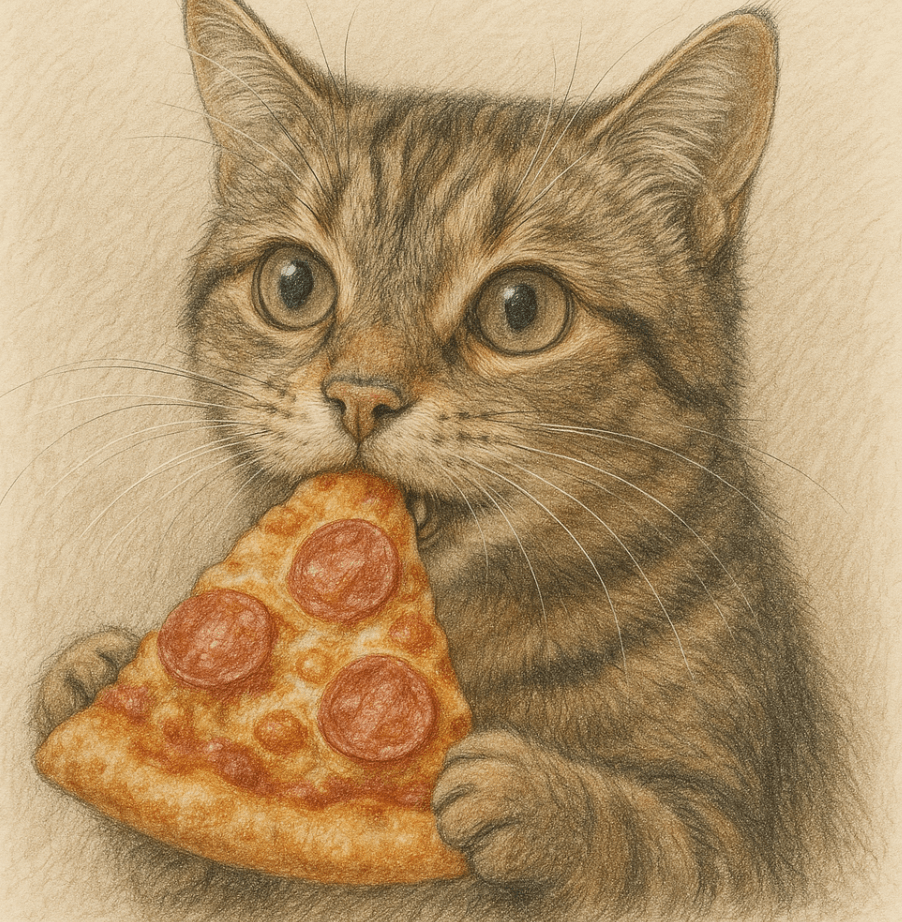
Unsafe Pizza Ingredients for Cats | Safer Alternatives for Cats |
|---|---|
Garlic and onion | Plain, cooked chicken |
High-sodium toppings | Small pieces of steamed vegetables |
Spicy meats (pepperoni, sausage) | Homemade broth without salt or spices |
Cheese with lactose | Lactose-free treats designed for cats |
Processed sauces with additives | Fresh water as hydration |
Signs Your Cat Has Eaten Pizza
If your cat accidentally consumes pizza, watch for these signs of distress or toxicity. Early detection allows you to seek veterinary care promptly.
Vomiting or Diarrhea:
These are common symptoms of digestive upset caused by fatty or spicy foods.Excessive Thirst or Urination:
Increased water intake could indicate salt poisoning, requiring immediate attention.Lethargy or Weakness:
A lack of energy or difficulty moving may signal an adverse reaction to harmful ingredients.Difficulty Breathing:
Swelling or respiratory issues could result from allergic reactions to certain toppings.Loss of Appetite:
Refusal to eat is a red flag that something is wrong and should not be ignored.
Recognizing these signs early ensures your cat receives timely medical intervention if needed.
Tips for Feeding Your Cat Human Food Safely
Sharing human food with your cat can be done safely if you follow these guidelines to protect their health.
Stick to Plain Proteins:
Offer cooked, unseasoned meats like chicken or turkey as occasional treats.Avoid Spices and Seasonings:
Ingredients like garlic, onion, and salt are toxic to cats and should always be avoided.Introduce New Foods Gradually:
Start with small amounts to monitor how your cat reacts before offering more.Consult Your Veterinarian:
Always check with your vet before introducing new foods to your cat’s diet.Prioritize Balanced Nutrition:
Ensure your cat’s primary diet consists of high-quality cat food formulated for their specific needs.
By following these tips, you can safely incorporate limited human foods into your cat’s diet without compromising their health.
Common Mistakes to Avoid When Feeding Cats Human Food
Feeding cats human food requires careful consideration to avoid mistakes that could endanger their health. Here are some pitfalls to watch out for.
Assuming All “Natural” Foods Are Safe:
Just because a food is natural doesn’t mean it’s safe for cats; many fruits, vegetables, and herbs are toxic to them.Overlooking Hidden Ingredients:
Processed foods often contain hidden additives, spices, or preservatives that can harm your cat.Giving Large Portions:
Even safe foods can upset your cat’s stomach if given in large quantities; moderation is key.Neglecting Individual Tolerances:
Every cat is unique—what’s safe for one may not be safe for another, especially if they have allergies or sensitivities.Ignoring Veterinary Advice:
Skipping professional guidance can lead to unintentional harm; always consult your vet before introducing new foods.
Avoiding these mistakes ensures your cat remains healthy and safe while enjoying occasional treats.
Healthier Treat Options for Cats
Instead of pizza, consider these healthier alternatives to reward your cat without compromising their well-being.
Freeze-Dried Meat Treats:
These treats provide protein-rich nutrition and mimic the taste of raw meat, appealing to your cat’s carnivorous instincts.Catnip Toys or Sprays:
Catnip is a safe and enjoyable stimulant that entertains cats without involving food.Homemade Chicken Bites:
Cooked, unseasoned chicken cut into small pieces makes a nutritious and satisfying snack.Dehydrated Fish Snacks:
Small portions of dehydrated salmon or tuna offer omega-3 fatty acids beneficial for skin and coat health.Fresh Watermelon Cubes:
Seedless watermelon (in moderation) hydrates and refreshes your cat without posing any risks.
These options cater to your cat’s preferences while prioritizing their health.
Understanding Your Cat’s Natural Diet Preferences
Cats are obligate carnivores, meaning their bodies are designed to thrive on animal-based proteins. Understanding their dietary needs helps explain why pizza is unsuitable for them.
High Protein Requirements:
Cats need diets rich in animal proteins to support muscle growth, energy, and overall vitality.Limited Carbohydrate Tolerance:
Unlike humans, cats cannot efficiently process carbohydrates found in foods like pizza crust.Essential Nutrients Only Found in Meat:
Taurine, arachidonic acid, and vitamin A are critical nutrients that cats must obtain from animal sources.Instinctual Preference for Prey-Like Textures:
Cats naturally prefer textures similar to raw meat, making soft, chewy treats more appealing than crunchy pizza crust.Low Thirst Drive:
Cats often struggle to stay hydrated, so salty or processed foods exacerbate dehydration risks.
By aligning their diet with their evolutionary needs, you can keep your cat healthy and satisfied.
Frequently Asked Questions About Cats and Pizza
Can cats have a small piece of plain pizza crust?
While plain crust without toppings might not harm your cat, it still contains refined flour and salt, making it less than ideal.
What should I do if my cat eats pizza?
Monitor your cat closely for symptoms of illness and contact your veterinarian if you notice any concerning signs.
Are there any benefits to feeding cats pizza?
No, pizza offers no nutritional benefits to cats and poses several risks due to its ingredients.
Can kittens eat pizza?
Kittens are especially vulnerable to harmful ingredients, so pizza should never be given to them under any circumstances.
How can I stop my cat from begging for pizza?
Distract your cat with toys or treats specifically designed for felines during mealtime to redirect their focus.
Prioritizing Your Cat’s Health Over Pizza Cravings
While it’s tempting to share your favorite foods with your furry friend, pizza simply isn’t suitable for cats. Its combination of fats, salts, and potentially toxic ingredients poses serious risks to their health. Instead, focus on providing a balanced, species-appropriate diet that meets all their nutritional needs. By understanding what foods are safe and which ones to avoid, you can ensure your cat stays happy, healthy, and thriving. Remember, a little discipline goes a long way in protecting your beloved companion from unnecessary harm.
Giardia in Cats: Best 7 Expert Tips! Discover expert advice on identifying, treating, and preventing giardia in cats to ensure your feline stays happy and healthy.
Cat Hyperventilating: Best 7 Expert Tips! Discover signs, causes, and solutions for cat hyperventilation. Learn how to calm your cat and when to seek veterinary care for their breathing issues.
Anemic Cat Gums vs Normal: Best 7 Expert Tips! Learn to spot signs of anemia in cats, understand gum health, and ensure your feline stays happy and healthy with expert advice.
Himalayan Cat Size: Best 7 Expert Tips! Discover expert advice on Himalayan cat size, growth factors, care tips, and how to ensure your feline stays healthy and happy.

